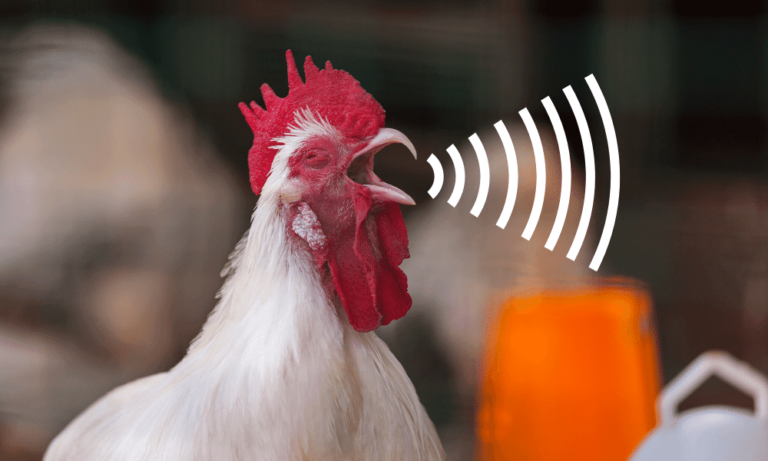The roots for the experiment extend back to 1961, to a Nobel-prize winning physicist named Eugene Wigner. His thought experiment involved him and another friend both measuring the state of the same particle and obtaining two different but correct results which would mean two realities exist at the same time.
A few details which are relevant:
1. A photon is an elementary particle which can have a spin of +1 or -1.
2. Before a measurement occurs these two states, +1 or -1, are unknown and can be assumed to both exist, a phenomenon known as “superposition.”
3. Whether or not a photon is in a superposition can be measured without measuring the spin of the particle.
The recent experiment involved 6 photons, four “observers”, and two separate “labs”. Two of the “observers” are inside the “labs,” one in each, and outside the lab are the other two observers.
In a nutshell, it is possible for the observers inside the lab to measure the spin of the photon while outside the lab it is possible for the other two observers to either verify the observations of those in the lab or take their own measurement and find the photons are in a superposition.
Remember, if a superposition exists there is no definite spin. This produces two separate realities, both correct.
This flies in the face of the scientific method, that facts are universal and can be verified by multiple observers. Taking this further, there is now proof of a reality two observers don’t necessarily agree on.
Spooky.


